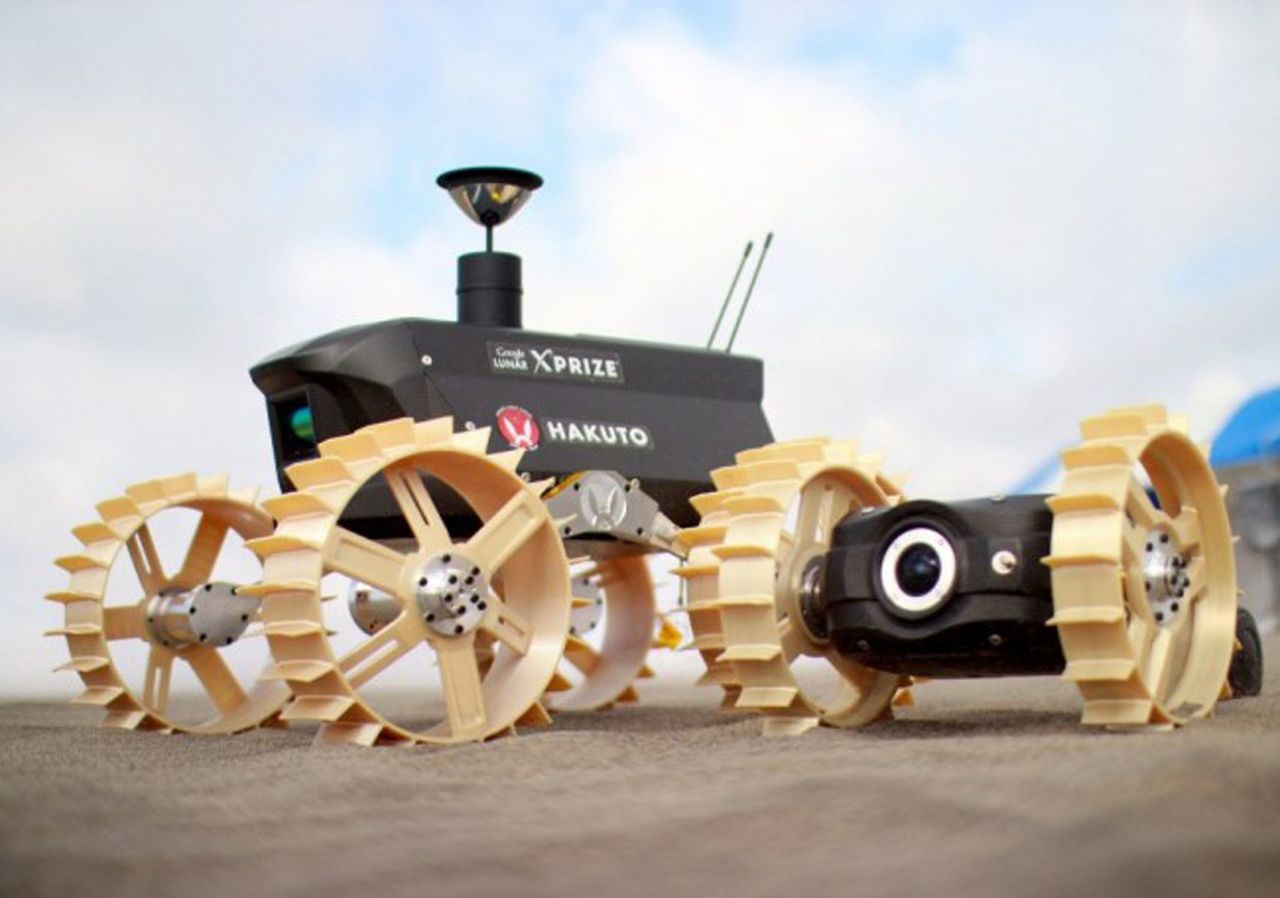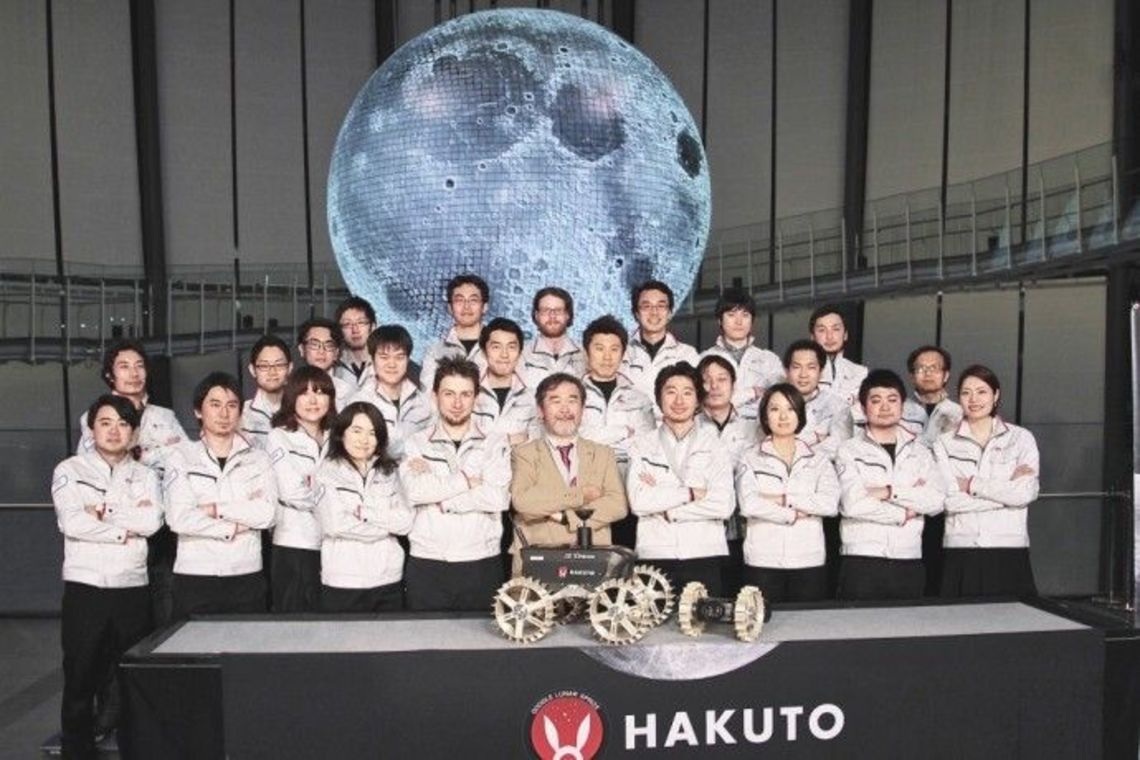
The race to land a privately funded rover on the moon is on.
Teams from around the world including Japan are competing to win the Google Lunar XPRIZE. The prize will be awarded to teams that can land a rover on the moon, move it over 500 meters on the moon's surface and send high-definition images back to Earth.
The first team to land a rover on the moon will get $20 million . A second prize of $5 million will be awarded to the second team to land a robot on the moon. At present the number of global participants is 18 teams.
Japan's team Hakato, managed by ispace Technologies, will be Japan's first lunar exploration team. Japan Airlines is a strong supporter in Hakato's effort to win the Google Lunar XPRIZE.
On October 22, JAL announced that it had signed a partnership agreement with Hakuto.
The airline decided to support the space exploration company after ispace displayed its moon rovers during JAL's June, 2014 "Embrace New Challenges" initiative.
JAL embraces new challenges in its organization by not only introducing new products and services each month but also by supporting individuals and organizations that are taking on new challenges.
JALs initiative aims to help start-up companies introduce their new products and support organizations involved in contests like the Google Lunar XPRIZE. Hakuto, Japan's first civilian team to send a rover to the moon was the perfect choice for JAL.

The rover that will be sent to the moon uses carbon fiber; a material known for its lightness and durability. JAL felt that the knowledge gained from using carbon fiber in its Boeing 787s could be applied to the rovers.
The advantage of using carbon fiber is that it is only a quarter of the weight of iron. Yet it's ten times stronger. JAL was able to reduce fuel consumption by 20 percent on the 787s that used carbon fiber.
The practical application of carbon fiber's unique properties require special preparation and handling. JAL felt that the knowhow it acquired from using carbon fiber in its Boeing 787s could be usefully applied to the rover.
What do moon rovers and eyewear have in common?
JAL is not the only unlikely company partnering with Hakuto. The space exploration company is also working with the glasses manufacturer Zoff.
At first glance, Hakuto and Zoff seem to have nothing in common. In fact though both companies use the same material in their products.
Both moon rover and the Zoff Smart line of glasses use Ultem resin. Thermo-plastic made from Ultem resin is exceptionally pliable, so the frame of glasses can bend far more easily than usual. Ultem is also highly resistant to heat, UV rays and radiation. Its unique pliability also allows huge freedom in design. Ultem is durable enough to be used on the moon`s harsh surface, which is covered in fine, abrasive sand known as regolith.
Ultem's outstanding properties make it ideal for many applications in both the business-to-business and business-to-consumers sectors.
Takeshi Hakamada, CEO of ispace Technologies and team leader of Hakuto said about the partnerships, “I am pleased that the commercial development of space is coming closer to realization thanks to business-to-consumer companies entering into partnership with Hakuto. It is reassuring that we receive support from such a revolutionary pioneer in the eyewear industry.
With such support from our partners, Hakuto moves closer to completing its bold mission as a pioneer in space development to land the world’s first privately-funded robot on the moon.”
The winning team for the Google Lunar XPRIZE will have to land a rover on the moon by the end of 2017. Time will tell if support from a variety of industries such as JAL and Zoff will help Hakuto clinch the Google Lunar XPRIZE.


